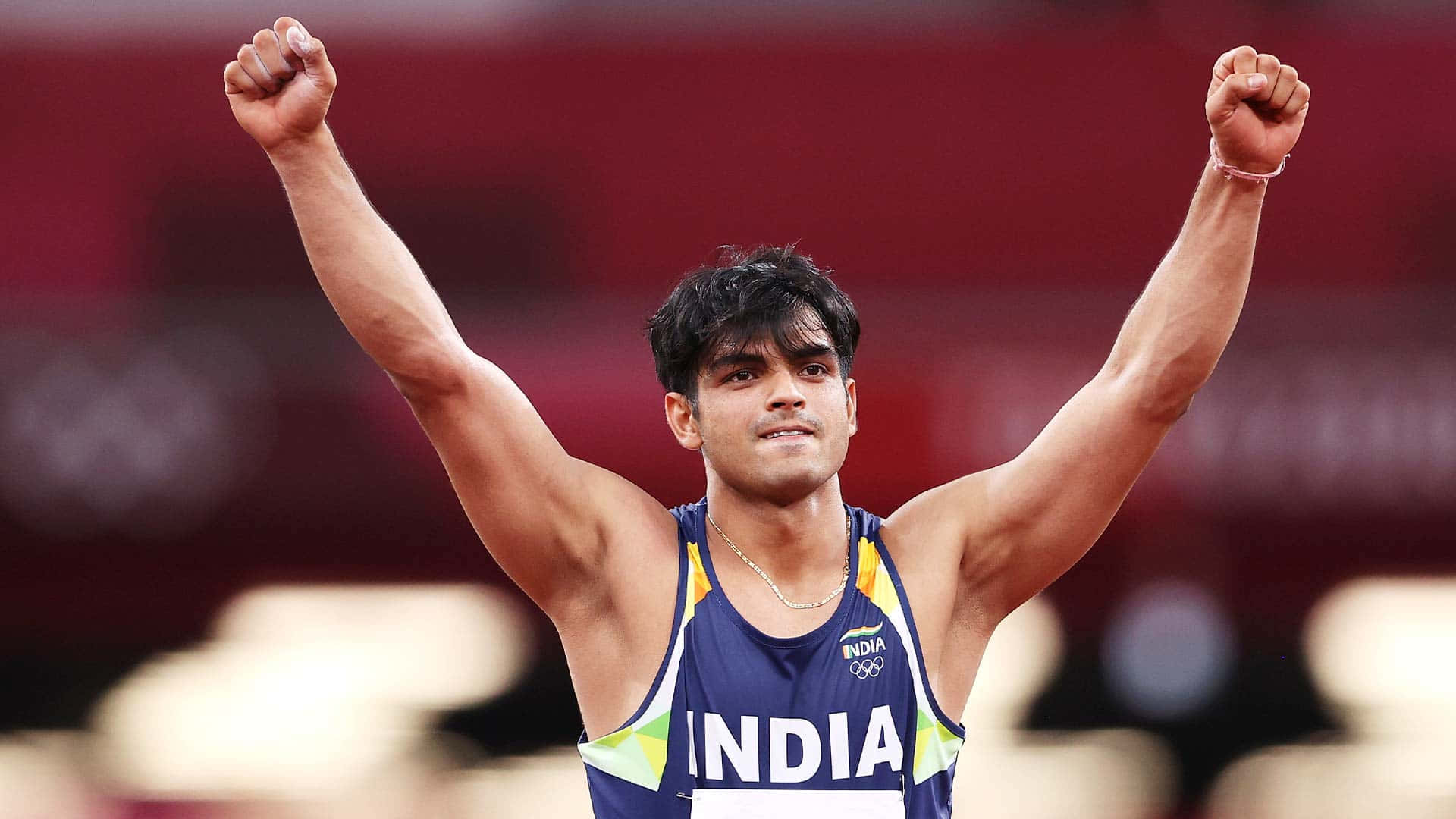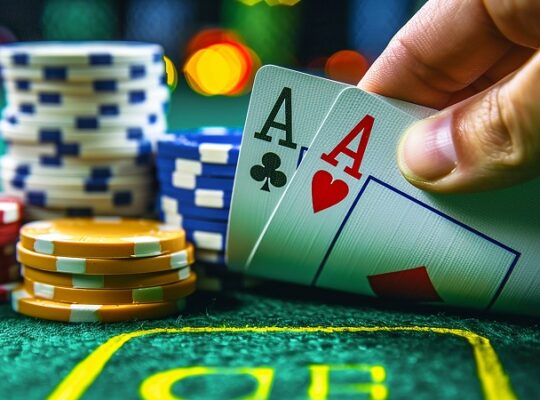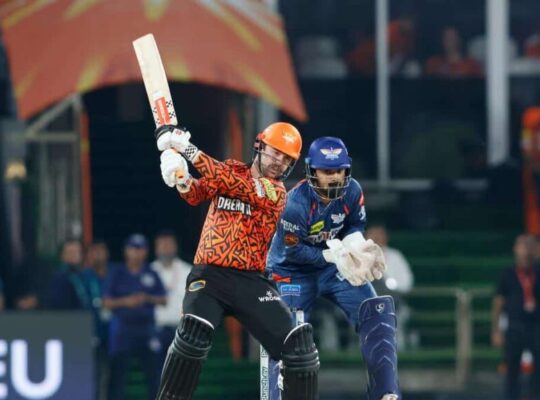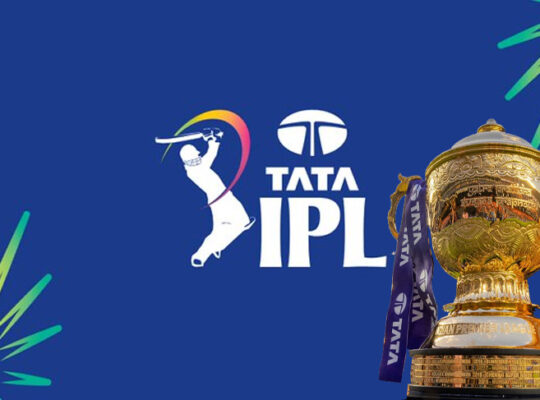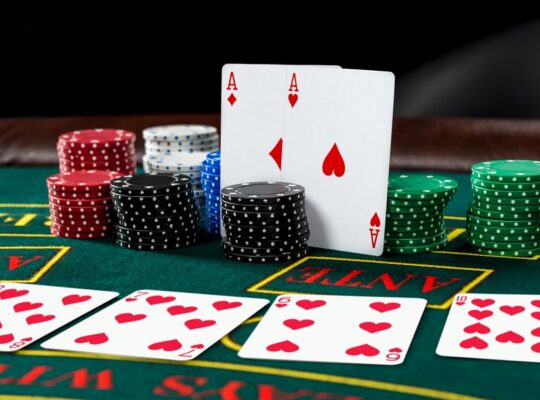While many Indian athletes often struggle under the intense scrutiny of the global stage, Neeraj Chopra thrives in the spotlight.
Japanese athlete Jun-ya Sado had high hopes of medaling at the 2016 Under-20 World Championships. Just two months earlier, Sado had shocked many by winning gold at the Asian Junior Championships, where Neeraj Chopra, the Asian Junior record-holder, finished with silver.
In Ho Chi Minh City, Chopra’s first throw of 77.60 meters set a championship record. As the Asian Junior record-holder, he was expected to win, but Sado turned the tables in the final round with a throw of 77.97 meters. Despite his best efforts, Chopra couldn’t surpass that mark.
However, just weeks later, on the world stage, Neeraj dominated the competition at the Under-20 World Championships, setting a new junior world record and winning a historic gold medal. His throw of 86.48 meters was nearly six meters beyond that of the silver medalist, while Sado finished last in the 14-man field.
From that evening in Bydgoszcz, Poland, it was clear that Neeraj had an extraordinary ability to remain calm under pressure. India had found a true star, someone with not just talent but also an unshakable temperament. Over the years, his consistency has been remarkable.
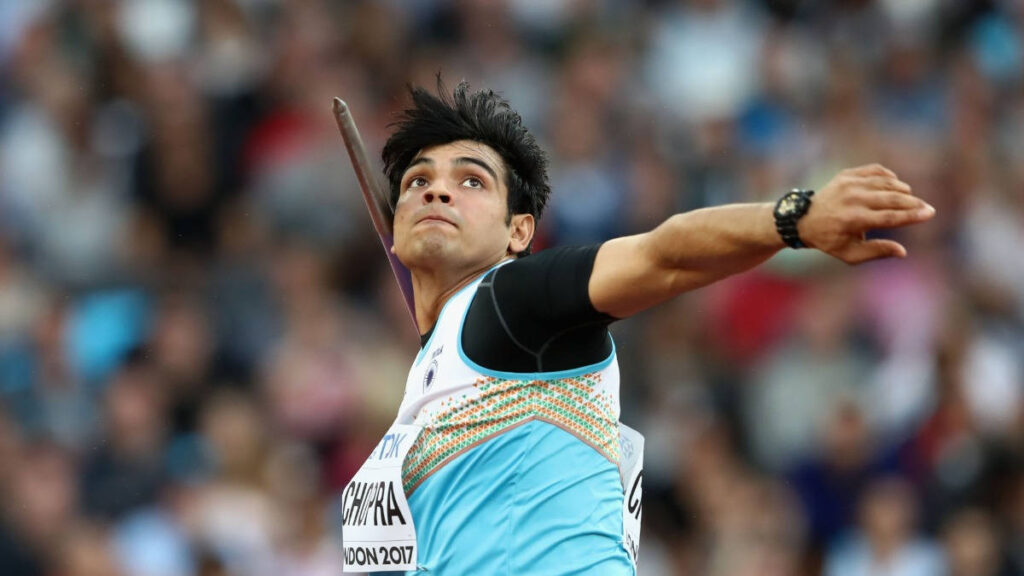
Neeraj has consistently delivered in high-stakes moments, proving himself as a reliable medalist. In the last six years, he has never finished outside the top three in any competition. On Thursday night, Arshad Nadeem’s Olympic record-breaking throw of over 90 meters rattled Neeraj. Although he responded with his second-best throw ever, he seemed off-balance, slipping and fouling during the final. His one legal throw, however, was enough for a second-place finish.
“I need to work on improving certain aspects of my throw and address some deficiencies,” Neeraj said. A persistent adductor muscle injury has been a concern, even during this Olympics. “I also need to resolve this injury issue.”
Despite not being at his best, Neeraj secured silver in Paris and claimed gold at last year’s World Championships with just his second throw. The previous year, he won silver at the World Championships despite a muscle strain, and of course, there was his stunning gold at the Tokyo Olympics, his first-ever Games. Even an unexpected challenge from a fellow Indian and a technical error that led to his first throw not being recorded at the 2023 Asian Games couldn’t stop him—he won gold once again.
Unlike many Indian athletes who struggle under pressure, Neeraj embraces it. His talent and confidence are backed by his calm demeanor. When things don’t go his way, he finds a solution—the javelin seems to come alive in his hands.
At last year’s Asian Games in Hangzhou, officials failed to measure Neeraj’s first throw due to a technical glitch. On TV screens and to the naked eye, it looked close to 88 meters, but the exact distance was unknown.
Neeraj, though surprised, didn’t lose his composure. He argued with the officials but realized it was pointless to dwell on the issue as other competitors awaited their turns. Shaking his head, he decided not to play the victim. By the third round, Kishore Kumar Jena had taken a surprising lead with a personal best of 87.54 meters. Jena, senior to Neeraj in age, later admitted that he knew the gold was never his to keep. “I knew Neeraj would come through,” he said. And Neeraj did just that, reclaiming his title in the fourth round with a throw of 88.88 meters.
Hangzhou wasn’t the only time Neeraj had fought back after a challenging start. A year earlier at the World Championships in Eugene, Neeraj wasn’t in medal contention by the third round. Fans were anxious, and predictions of gold were fading. The question was whether he would even medal. Under intense pressure, and despite discomfort in his adductor muscle, Neeraj produced a throw of 88.13 meters, moving ahead of Vadlejch and Webber.





